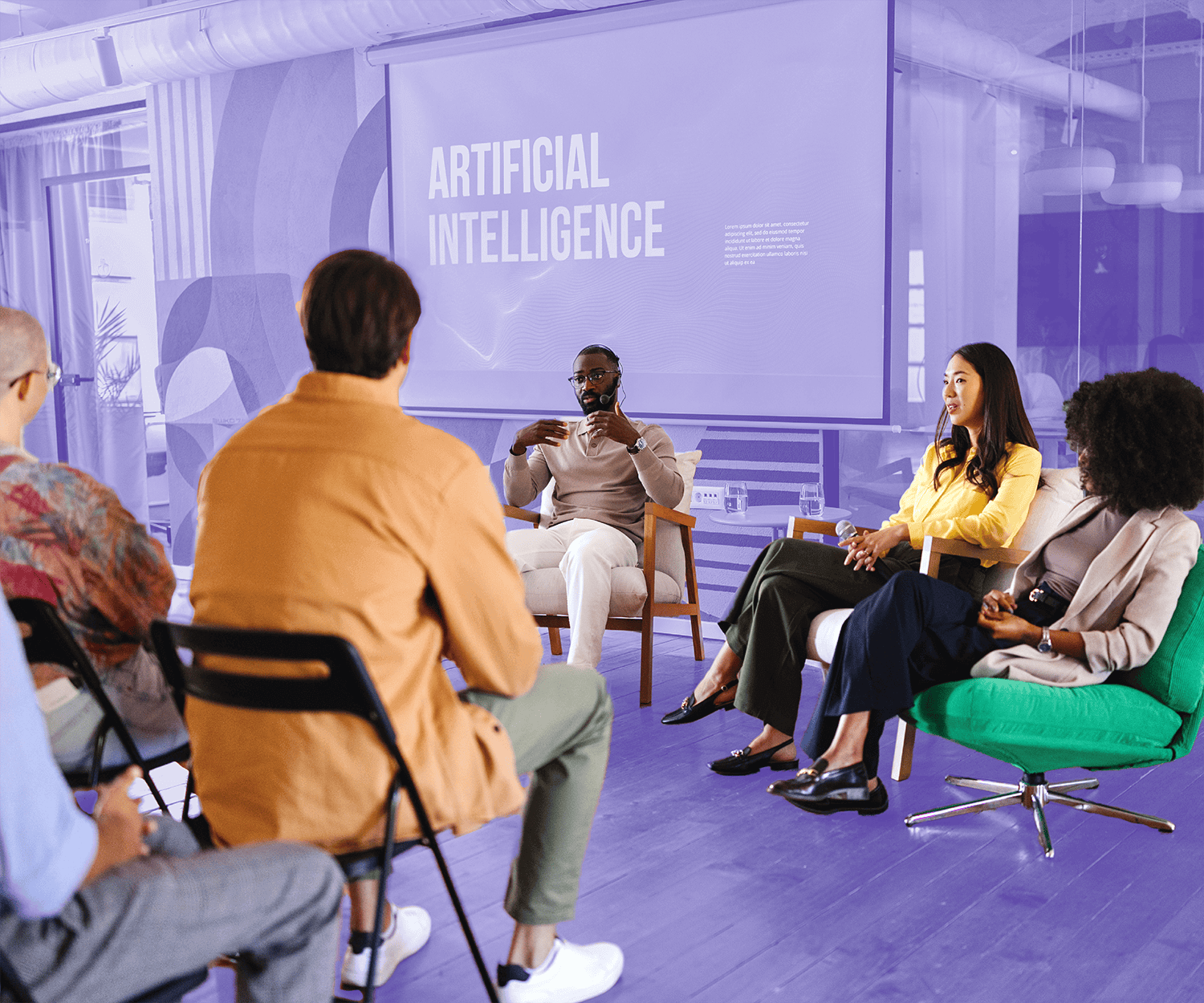How AI is transforming fundraising: What nonprofits need to know

The fundraising world is quickly changing thanks to artificial intelligence (AI). Once the domain of big tech companies and Fortune 500 corporations, small and mid-sized nonprofits are now tapping into the power of AI to streamline their operations, optimize donor engagement, and drive smarter, more effective fundraising campaigns.
Why now? The answer is simple: recent advances have made AI more accessible, affordable, and practical than ever before. Nonprofits no longer need a team of data scientists or a hefty budget to benefit from this technology. With the right tools and mindset, even the smallest organizations can start leveraging AI.
What AI can do for fundraising
AI is reshaping the way nonprofits interact with donors and manage their campaigns. Here are some ways it’s making a difference:
Enhancing donor insights and personalization
One of AI’s greatest strengths is its ability to analyze large amounts of data and detect patterns. For fundraisers, this means AI can help predict which supporters are most likely to donate, when, and how much. More importantly, it can personalize outreach, tailoring messages based on donor behavior, interests, and giving history to make communications more meaningful and impactful.
Automating time-consuming tasks
Fundraisers often wear many hats, and AI can help lighten the load. It can automatically segment donor lists, send personalized thank-you emails, and even generate draft copy for appeals or newsletters. This frees up staff to focus on strategy and building relationships rather than administrative work.
Improving fundraising strategies
AI-powered analytics tools can help determine the best times to launch campaigns, the most effective communication channels, and the messaging that resonates most with specific donor segments. Instead of relying on guesswork, nonprofits can base decisions on real-time insights and predictive modeling.
Optimizing grant applications and prospecting
Finding new funding opportunities can be time-consuming. AI can scan vast databases of grants, funders, and philanthropic trends to identify the best matches for your mission. It can also help tailor proposals and identify potential partners, saving staff valuable hours.
Why are some nonprofits hesitant?
Despite its benefits, many nonprofits are still hesitant to adopt AI. Here are some common questions nonprofits have, along with the myth-busting answers.
Is AI too expensive?
This is a common concern, but it’s often based on outdated assumptions. Many AI tools are now low-cost or even free for nonprofits. Platforms like Google’s AI tools, ChatGPT, or donor management systems with AI features offer budget-friendly options designed with organizations of all sizes in mind.
Will AI replace human fundraisers?
Absolutely not. AI is a tool, not a replacement. It enhances the work of fundraisers by providing better data, saving time and offering insights that lead to stronger donor relationships. The human element — empathy, storytelling, connection — is still central to successful fundraising.
Is AI only for large nonprofits?
Not anymore. Thanks to user-friendly platforms and lower costs, small and mid-sized organizations are already seeing results. From automating donor thank-yous to identifying the best fundraising times, nonprofits of all sizes are finding ways to integrate AI into their daily work.
Is learning AI overwhelming?
This concern is completely understandable. But starting small can make the process manageable and pay off in the long term. Many AI tools are designed to be intuitive and require little to no technical expertise.
Getting started with AI in fundraising
Ready to explore AI but not sure where to begin? Start with a few practical, low-risk tools:
- Chatbots for answering common donor questions on your website.
- AI donor analytics platforms that track giving trends and suggest follow-up actions.
- Automated email personalization tools that tailor messages based on supporter behavior.
You don’t have to dive in headfirst. Test one tool on a single campaign. Measure the results. Learn what works and build from there.
For example, Habitat for Humanity of Omaha used AI to analyze their donor base and tailor communications. The result? A significant boost in donor engagement and fundraising efficiency.
Book a call today to see how the first AI-integrated fundraising software can enhance your nonprofit’s fundraising strategy today. With the right approach, organizations of all sizes can harness this powerful technology to drive greater impact and build deeper connections with the people who support their mission.
Work with Bonterra



